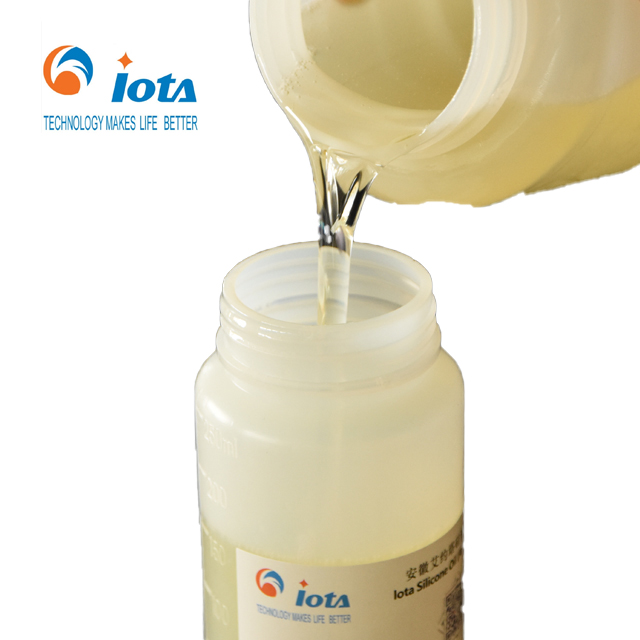Hits: 359 img

Silicone resin coatings are high-performance functional coatings widely used in various industries due to their unique chemical structure and excellent heat resistance, weatherability, and chemical resistance. This article explores the key properties, applications, and future development trends of silicone resin coatings.
1. Key Properties of Silicone Resin Coatings
High-Temperature Resistance
The molecular structure of silicone resins is primarily composed of silicon-oxygen (Si-O) bonds, which have high bond energy. This structure allows silicone resin coatings to remain stable in high-temperature environments, with some modified versions capable of withstanding temperatures above 300°C without degradation or loss of adhesion.
Excellent Weatherability
Silicone resin coatings resist UV radiation, ozone exposure, and temperature and humidity fluctuations, making them ideal for long-term outdoor applications. They are widely used in exterior walls, transportation infrastructure, and other outdoor surfaces.
Chemical Corrosion Resistance
These coatings offer strong resistance to acids, bases, solvents, and various corrosive agents, making them suitable for chemical equipment and protective coatings in harsh environments.
Hydrophobicity and Self-Cleaning Properties
Silicone resin coatings have low surface energy, resulting in excellent hydrophobic properties that reduce water and dirt adhesion. This enhances their self-cleaning capabilities, which is particularly beneficial for glass, electronic components, and building facades.
Electrical Insulation
With high electrical insulation properties, silicone resin coatings are widely used in the electronics and electrical industries to protect circuit boards, cable sheaths, and high-voltage equipment.
2. Applications of Silicone Resin Coatings
Construction and Decorative Coatings
In the construction industry, silicone resin coatings are used for exterior walls, concrete protection, and waterproof roofing applications, extending the lifespan of buildings and reducing maintenance costs.
Automotive and Transportation Industry
These coatings are used in automotive painting, engine components, and high-temperature exhaust system protection due to their heat resistance and anti-pollution characteristics.
Electronics and Electrical Insulation
Silicone resin coatings are extensively applied in circuit boards, cable sheaths, and high-voltage equipment to provide superior insulation and protect electronic components from environmental factors.
Medical and Food Industry
Due to their biocompatibility and heat resistance, silicone resin coatings are widely used in food processing equipment, medical devices, and pharmaceutical equipment.
Industrial Corrosion Protection and Special Applications
In petrochemical, marine engineering, and other industries, silicone resin coatings are used for pipelines, storage tanks, and other equipment requiring long-term corrosion protection.
3. Future Trends in Silicone Resin Coatings
Eco-Friendly and Low-VOC Coatings
With stricter environmental regulations, low-VOC waterborne silicone resin coatings are becoming mainstream. Future developments will focus on enhancing their stability and durability.
Smart Functional Coatings
Future silicone resin coatings will incorporate smart functions such as temperature responsiveness, photochromism, and self-healing properties, increasing their application in high-end manufacturing and smart buildings.
High-Performance Modifications
Advances in modification technologies, such as nanofillers and polymer blending, will further enhance the mechanical properties, chemical resistance, and adhesion of silicone resin coatings to meet diverse industrial demands.
With their outstanding properties, silicone resin coatings have been widely adopted in multiple industries and continue to evolve towards higher performance, environmental sustainability, and intelligent functionality.
Disclaimer: The content is sourced from publicly available channels, including the internet and WeChat public accounts. We remain neutral regarding the views expressed in the article. This article is for reference and discussion only. All copyrights of republished articles belong to the original authors and organizations. If there is any infringement, please contact us for removal.